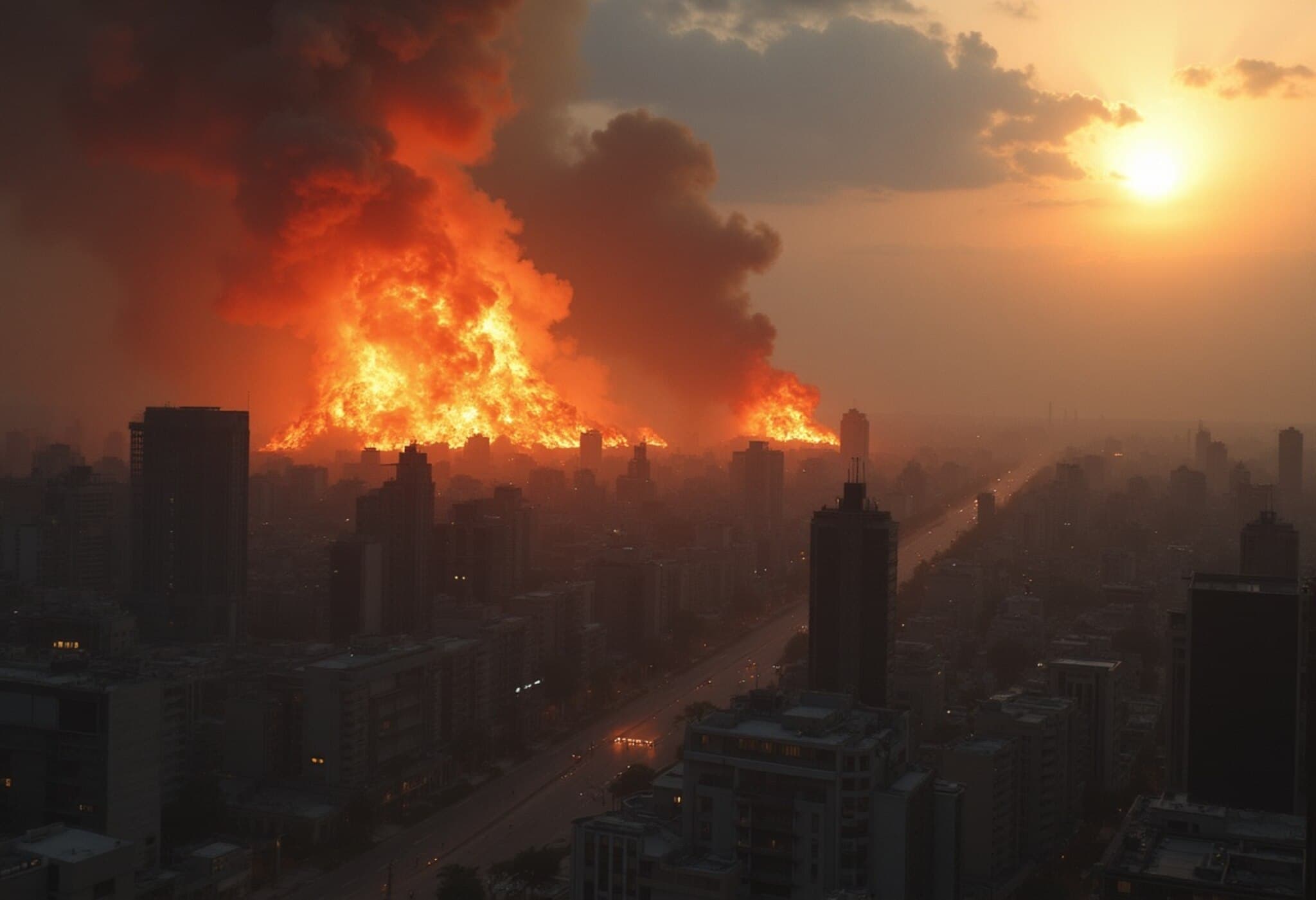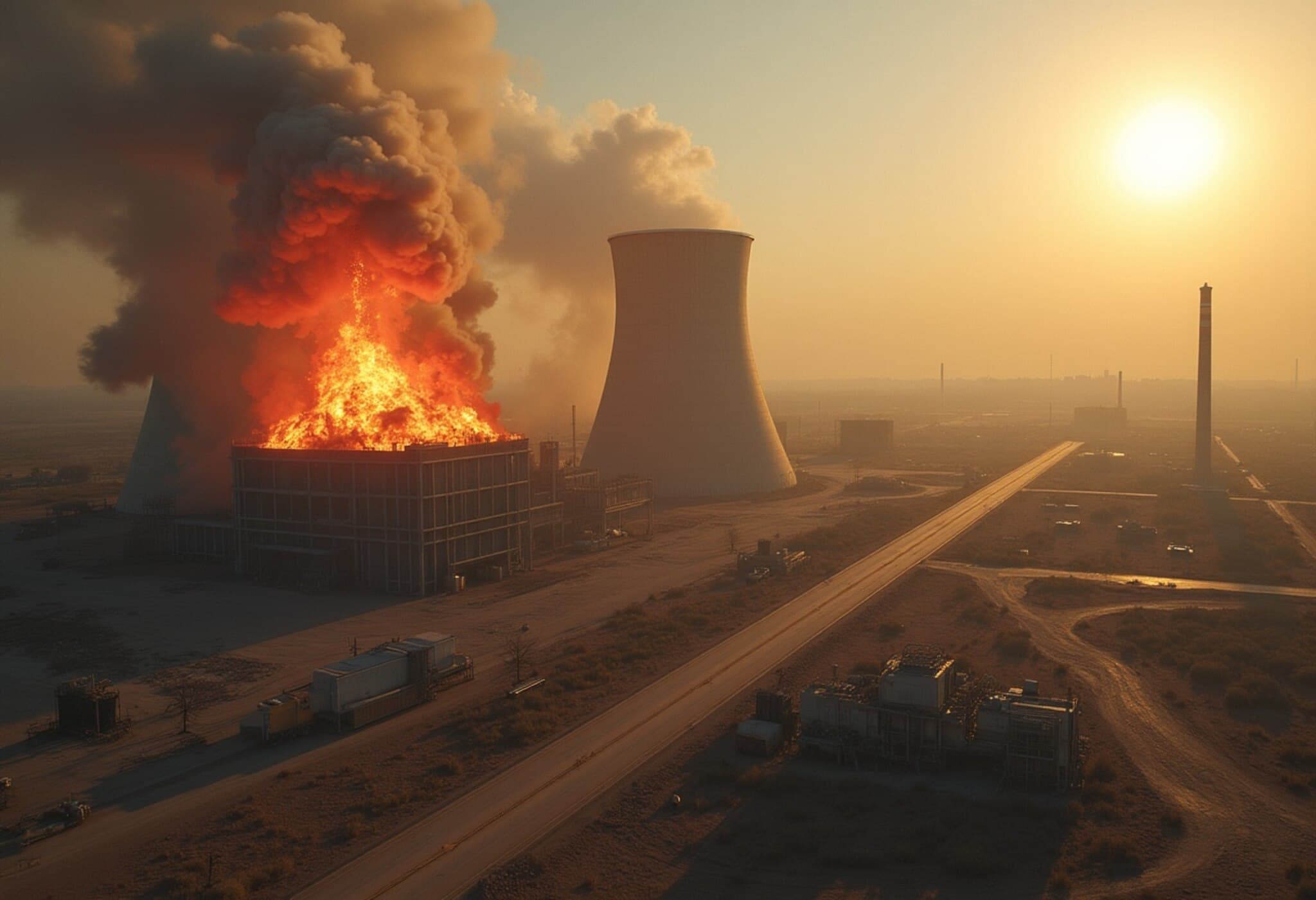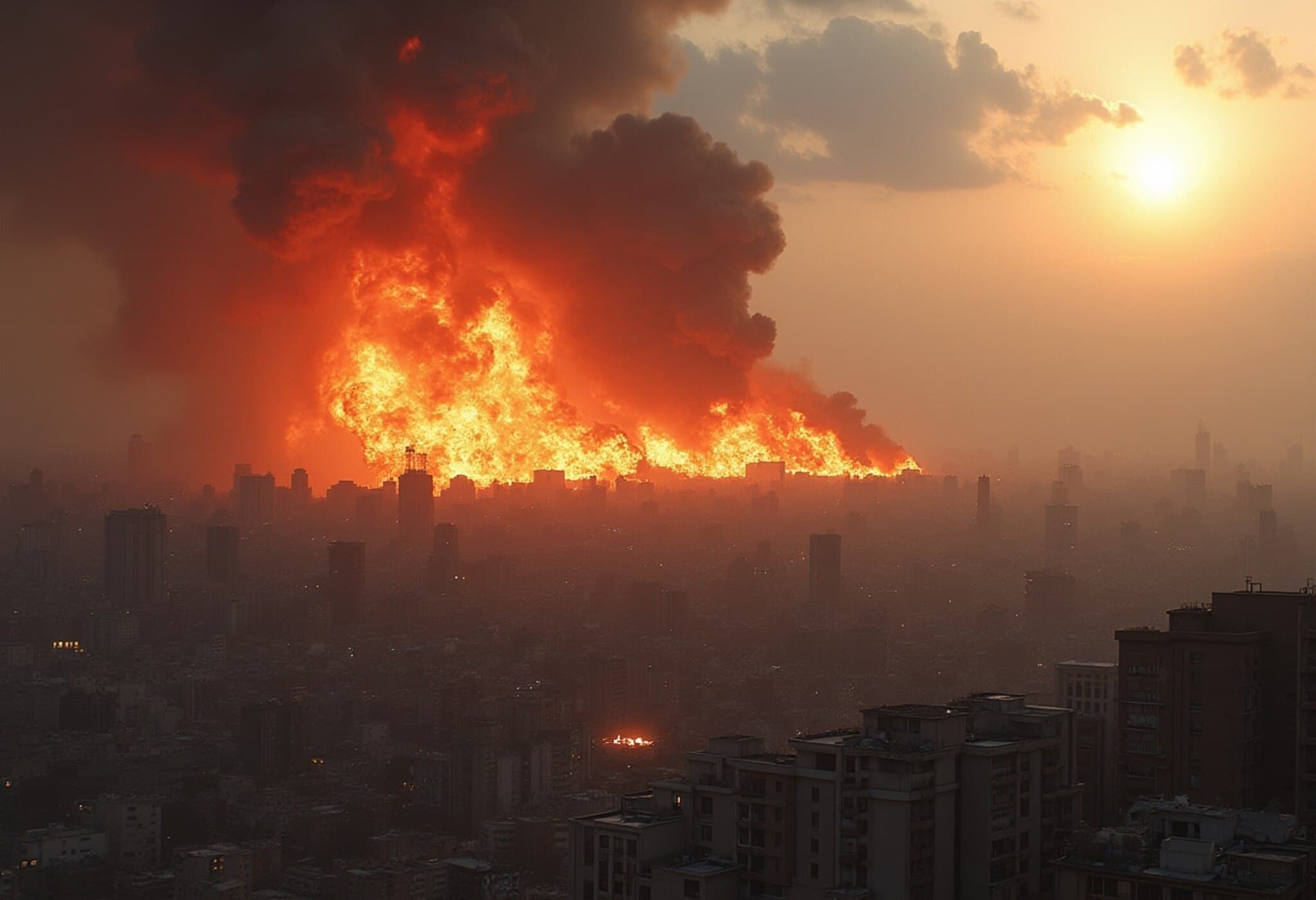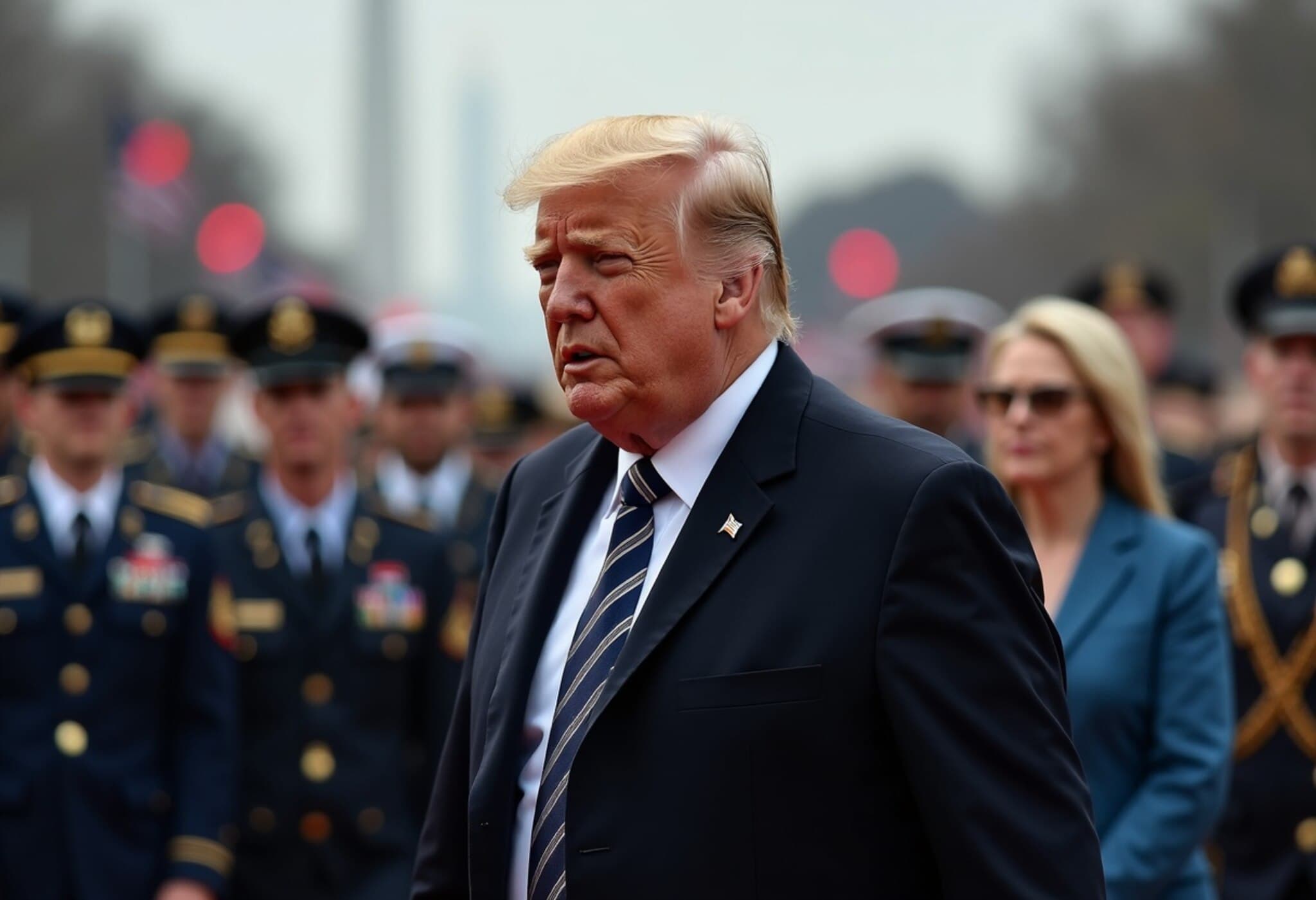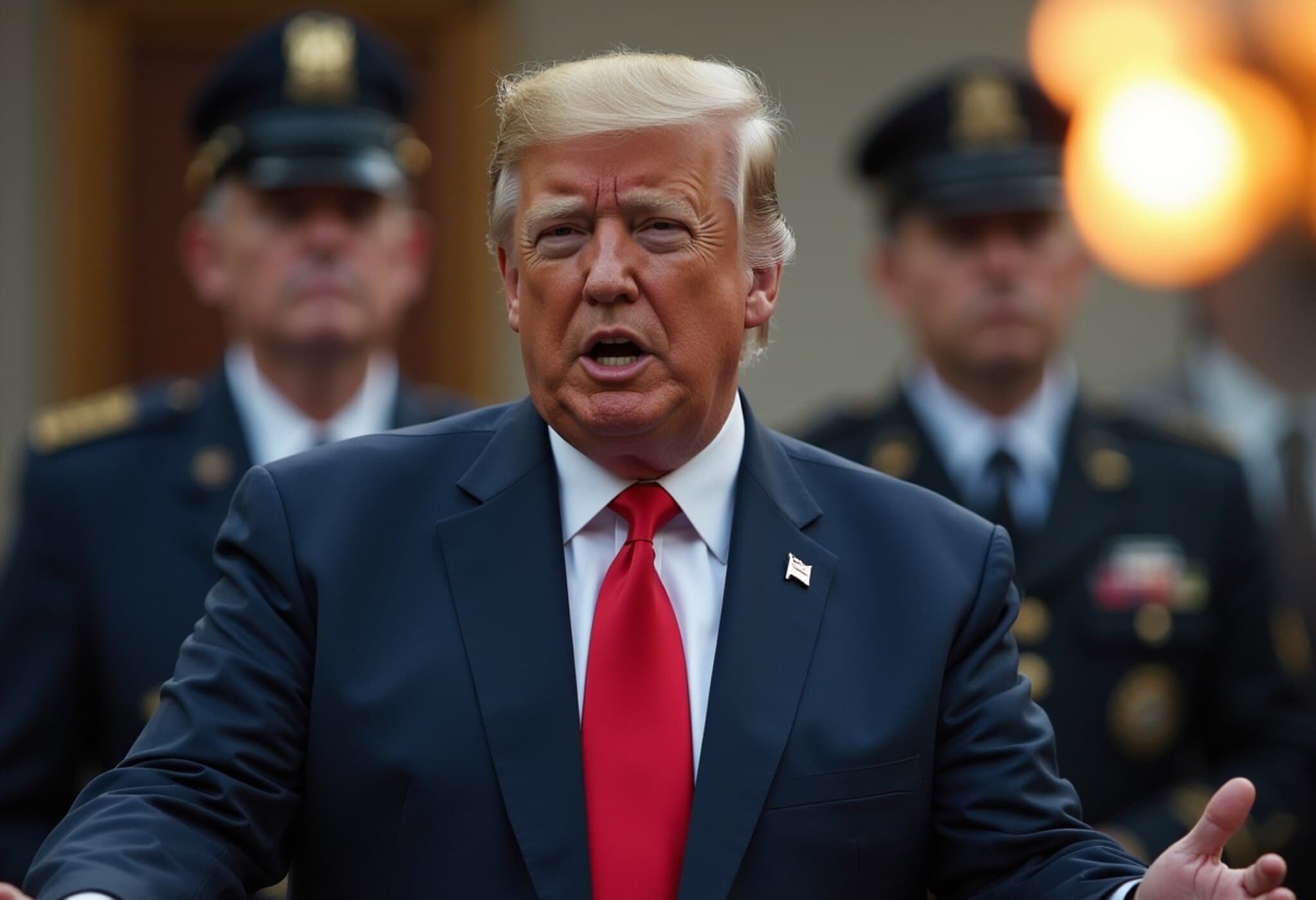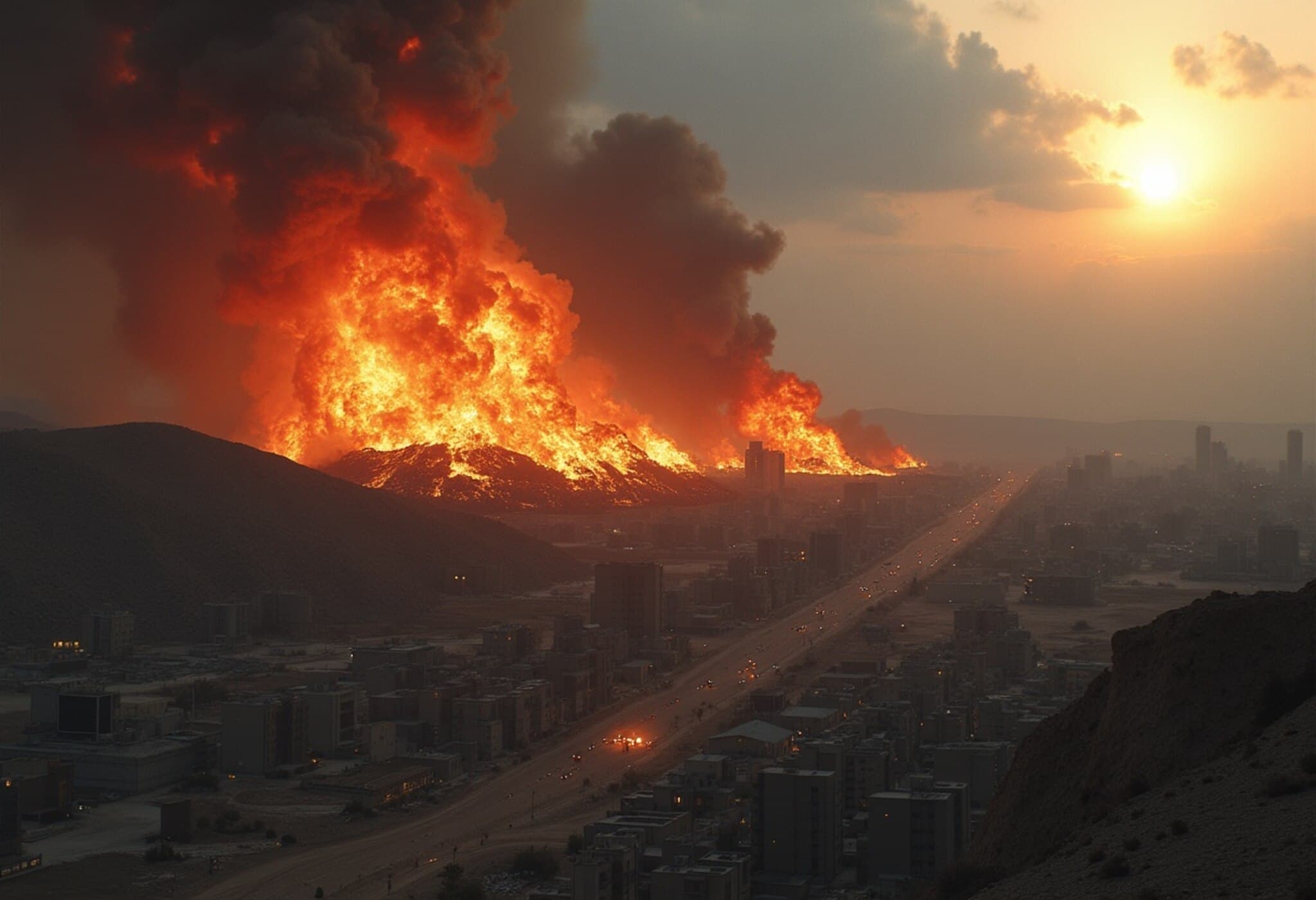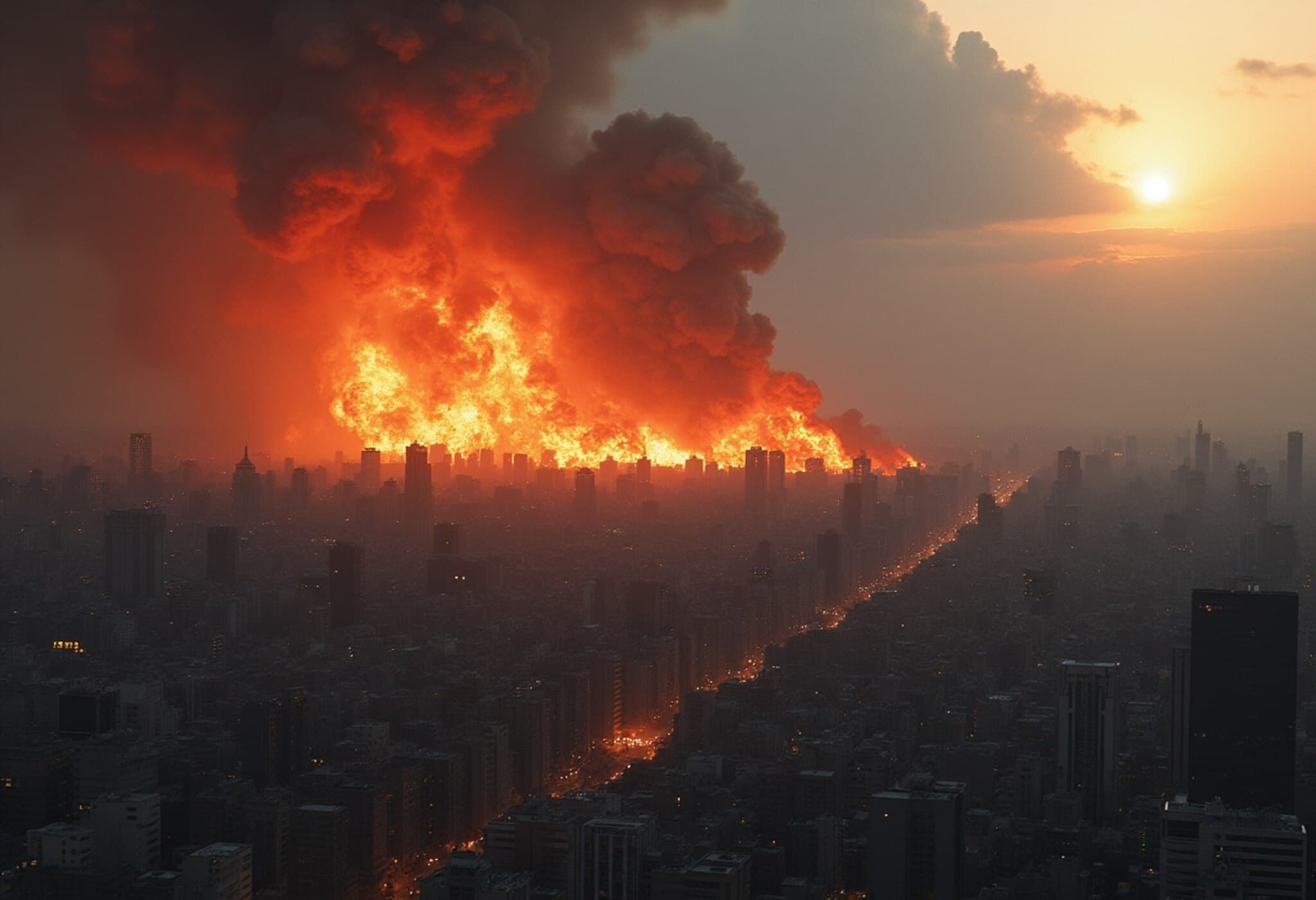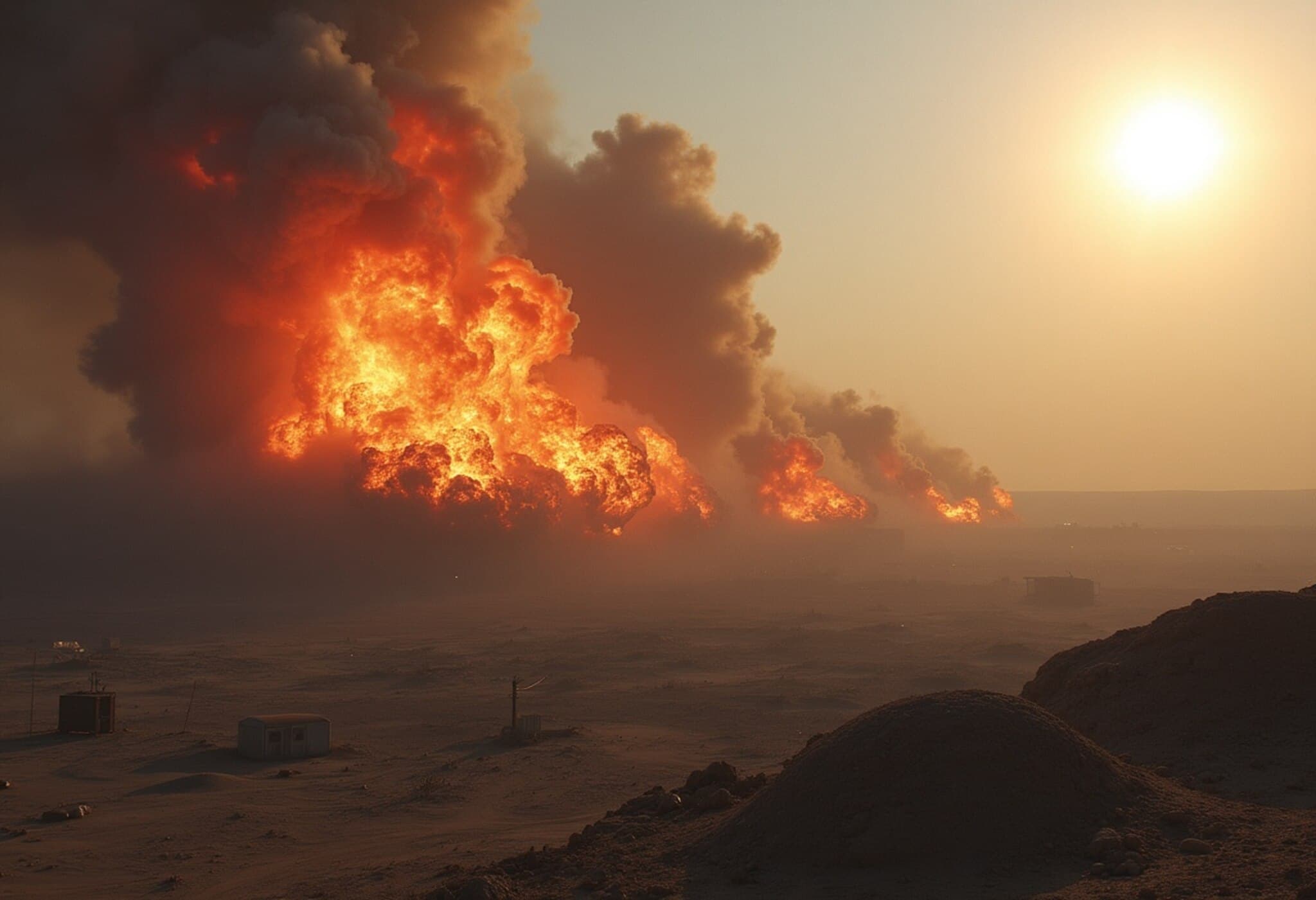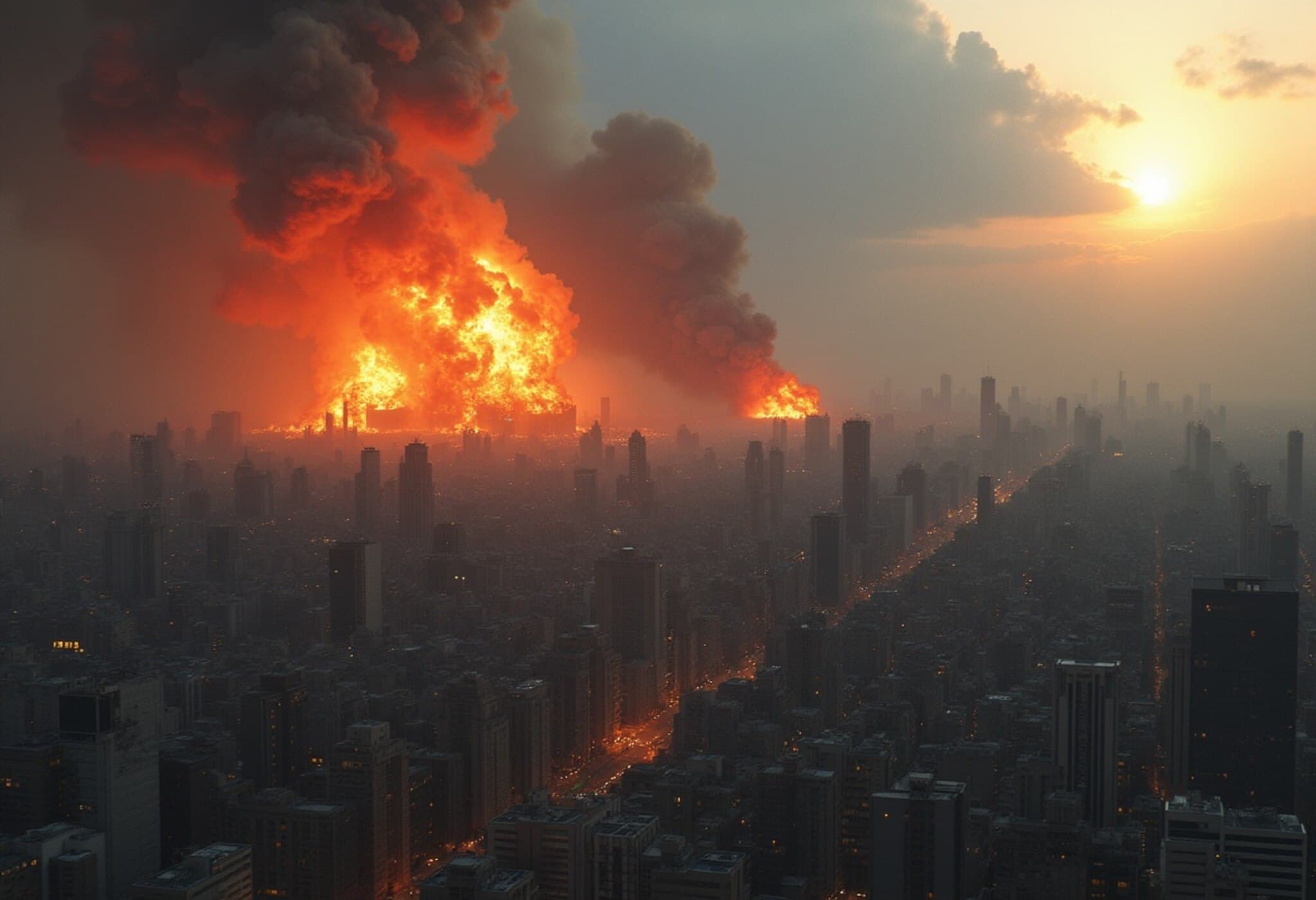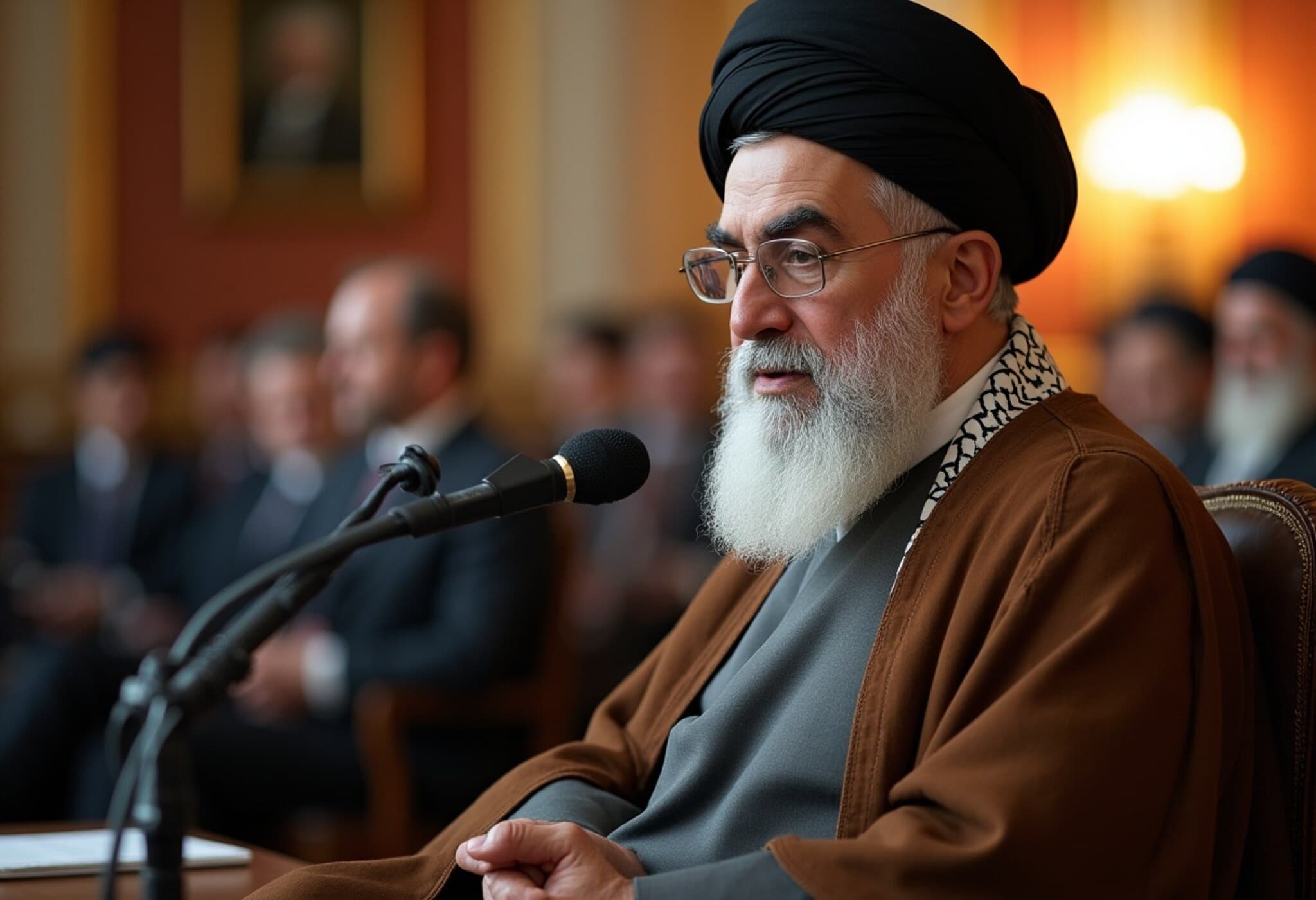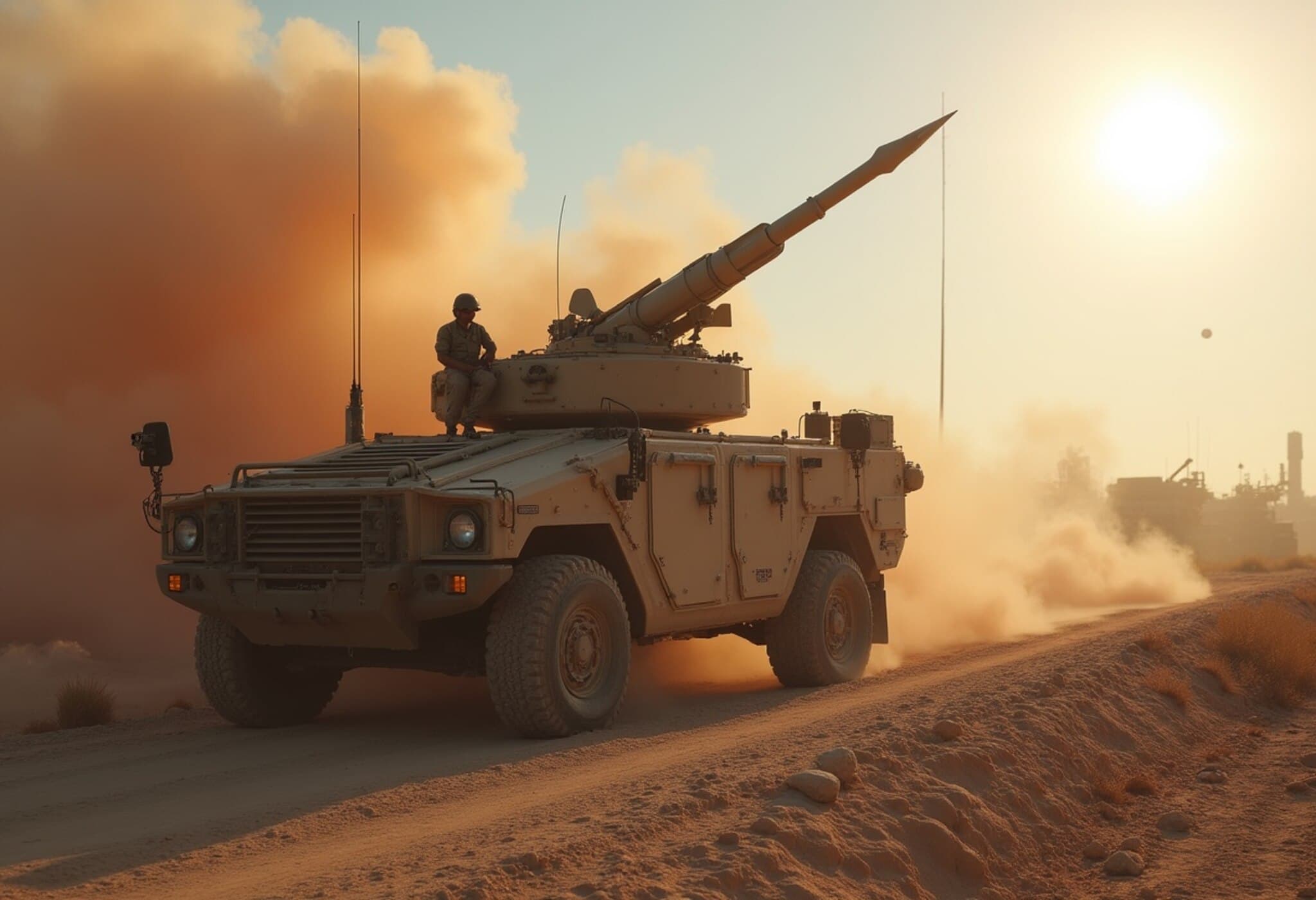Uncertainty Looms Over US Strikes on Iran Amid Missing Uranium
The recent US military strikes targeting Iranian nuclear facilities have stirred concerns reminiscent of the 2003 Iraq invasion — a conflict launched under false pretenses about weapons of mass destruction (WMD). At the center of this unease lies the disappearance of 400 kilograms of highly enriched uranium, raising doubts about whether the strikes effectively dismantled Iran's nuclear program or were based on incomplete intelligence.
Echoes of a Past Mistake: WMD Intelligence Under Scrutiny
Back in 2003, the US-led invasion of Iraq was justified by claims that Saddam Hussein possessed WMDs. Those weapons were never found, leading to widespread criticism of the flawed intelligence guiding the campaign and eventual regret expressed by political leaders. Today, similar questions surface around the justification for US strikes on Iran.
Conflicting Signals from US Intelligence
At the heart of the growing doubts is the inconsistency in US intelligence assessments regarding Iran's nuclear ambitions. Earlier this year, prominent officials suggested that Iran was not actively developing a nuclear weapon under Supreme Leader Ayatollah Khamenei's orders. However, statements by former President Donald Trump contradicted this view, asserting Iran was close to weaponization.
Adding to the confusion, some high-ranking officials have downplayed the need for definitive intelligence confirming a direct order from Iran's leadership to weaponize nuclear material. Instead, they cited Iran's uranium enrichment levels and expansion of underground nuclear sites as evidence of intent, despite acknowledging the absence of concrete proof of an active weapons program.
Evidence Suggests Uranium Was Moved Ahead of Strikes
Contrary to claims that the US airstrikes ‘‘obliterated’’ Iranian nuclear sites, mounting evidence indicates that Iran preemptively relocated key nuclear material. Satellite images showed multiple trucks near the Fordow facility just before the attacks, likely transporting the 400 kg of enriched uranium to secure locations.
Officials, including the US Vice President, have acknowledged efforts to address this relocated uranium, which is sufficient to build approximately nine or ten atomic weapons. Still, they argue the strikes have significantly delayed Iran's capacity to turn this fuel into operational weapons by targeting critical infrastructure.
Israeli Assessment Aligns with Relocation Theory
Israeli authorities corroborate the view that, although the US strikes inflicted damage, the nuclear sites were not totally destroyed. They also report evidence that Iran moved uranium and related equipment prior to the attacks, complicating efforts to curtail Iran's nuclear capabilities entirely.
What Lies Ahead?
The situation remains fluid as questions about the motivation and intelligence driving the strikes persist. Analysts and policymakers worry that, without clear and verified evidence, the US could find itself embroiled in another costly and controversial conflict reminiscent of Iraq's war, based on shaky premises.
As diplomatic efforts continue alongside military actions, the international community watches closely, weighing the implications of both intelligence assessments and on-the-ground realities in Iran’s nuclear landscape.

